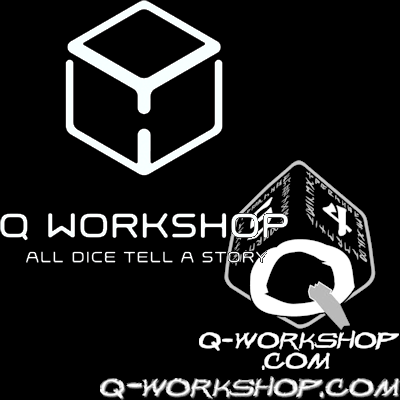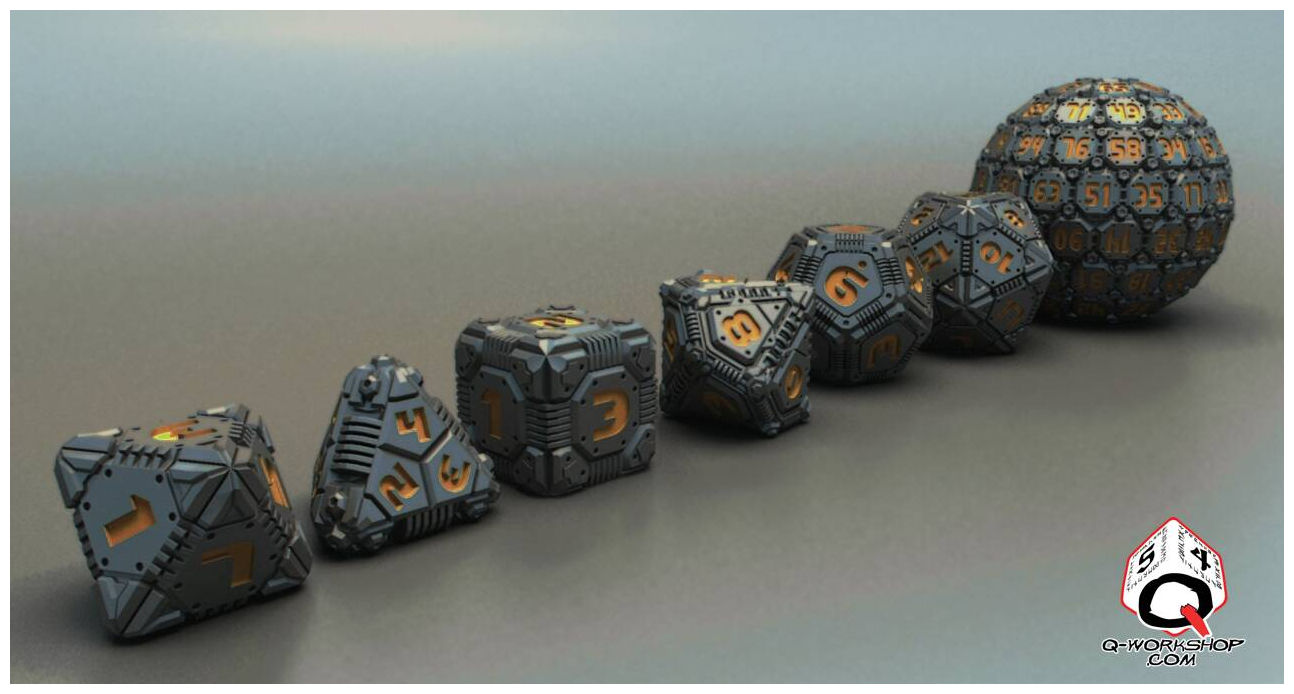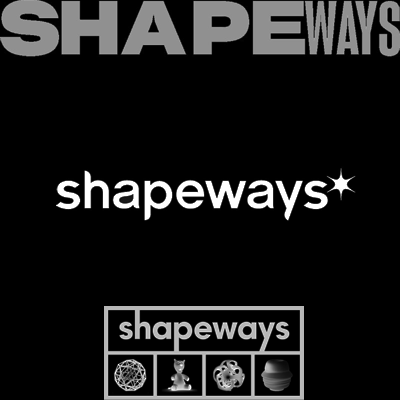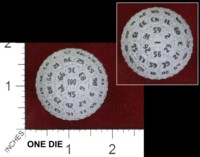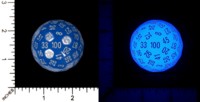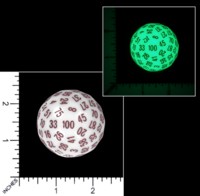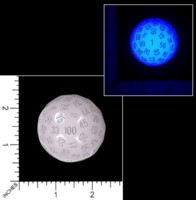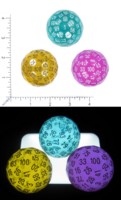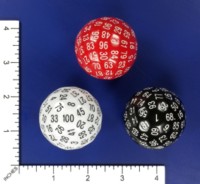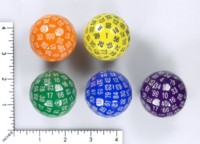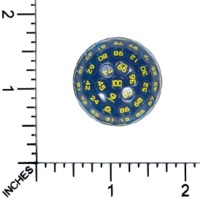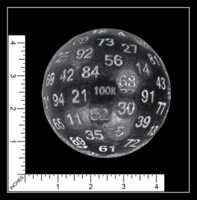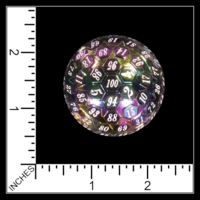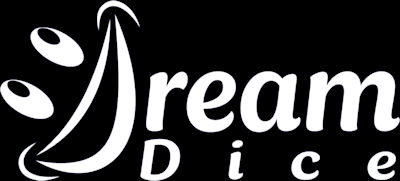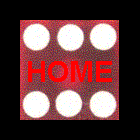| Prior
to the release of the one hundred-sided die (d100) percentile (percentage) rolls (1-100) were generated by rolling two dice ... * Two different colored twenty-sided dice (d20) numbered 0-9 twice (up until Nov 1980 when the d10 was released) The roller would declare before rolling which color was the 10's digit or HIGH * Two different colored ten-sided dice (d10) (until Mar 1990 when the deckaider d10 was released) and the roller would follow the same method as mentioned above * One ten-sided die (d10) and a deckaider (ten-sided die numbered by 10's ..00-90) d00 or d% The term "double zeros" came from the first two methods and represents 100 (which could be good or bad depending on what was needed) Percentage-based skill rolls are used in games such as Runequest or Palladium-based systems  In June 1986 Louis Zocchi ... the founder of  ... ...introduced a single die for this purpose ... The Zocchihedron This first d100 was sometimes referred to as the "golf ball" as it was a faceted white sphere with black writing similar to a golf ball The Zocchihedron is constructed in three layers * The outer faceted sphere (shell)... * The inner shell on which the numbers are printed which is made in both opaque and clear shells * The inner 'braking mechanism' Louis Zocchi discovered that the inclusion of a braking mechanism is crucial as a solid d100 must use some sort of containment (box or tray) to stop the roll ... He developed a braking mechanism which caused the d100 to quickly come to a stop ... Over the years two more innovations in braking were made ... Follow this link to see the different generations of Zocchihedron <LINK> Manufacturing of this die is likely the most complicated of any die to date How
the Zocchihedron is manufactured
1) Two halves of the outer (clear) and
inner (opaque or clear) shells are injection-molded2) The inner shell is pad-printed with Numbers ... Gamescience ... Intellectual Property info ... Manufacturing location Zocchihedron 3) The middle shell is 'loaded' with the braking mechanism and then sonically welded 4) The halves of the outer shell are aligned with the inner shell using keys and then sonically welded The inner and middle shells are molded with keys (tabs or spines) ... Both shells have tabs that force alignment of the two spherical halves ... The inner shell has spines (and the inside of the outer shell cavities) to align the numbers on the inner shell with the facets on the outer shell |
